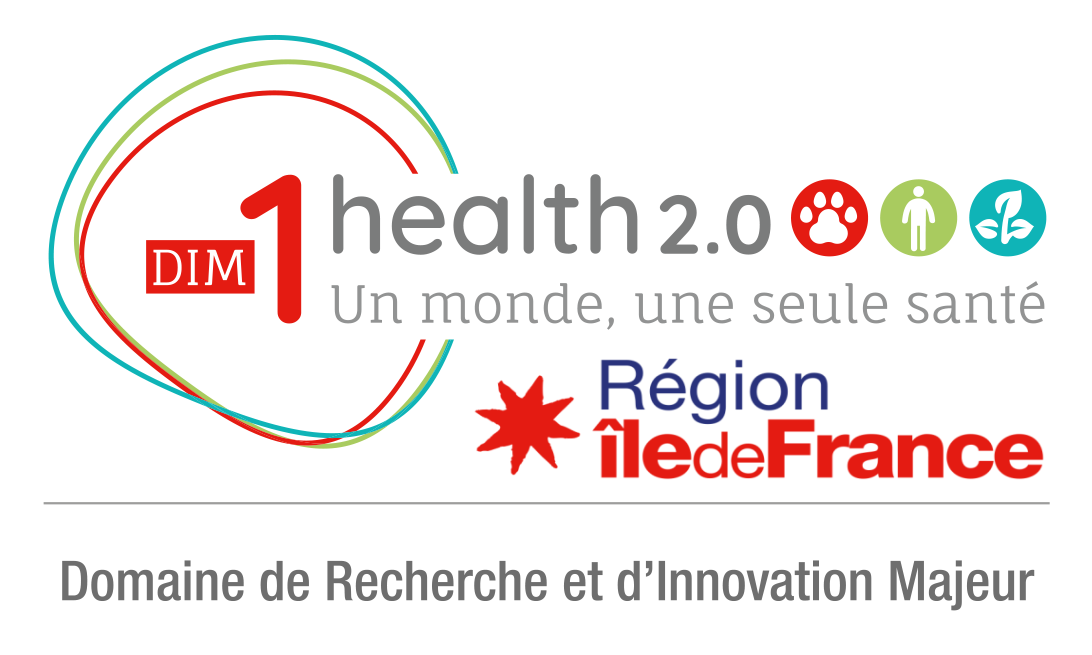Imaging molecular mechanisms involved in tissue infection
Coordinator :
Marc LECUIT
Partners :
CELL BIOLOGY AND INFECTION DEPARTMENT: Institut Pasteur, INSERM
CHROMATIN AND INFECTION: Institut Pasteur
BIOLOGY AND GENETICS OF BACTERIAL CELL WALL: Institut Pasteur
VIRUS & IMMUNITY UNIT: Institut Pasteur, CNRS
GENOMES AND CELL BIOLOGY OF DISEASE UNIT: Institut de Recherche Saint-Louis, INSERM, CNRS, Université de Paris, Hôpital Saint-Louis
PERCEPTION AND MEMORY UNIT: Institut Pasteur, CNRS
LYSSAVIRUS EPIDEMIOLOGY & NEUROPATHOLOGY UNIT: Institut Pasteur
STRUCTURAL VIROLOGY UNIT: Institut Pasteur, CNRS
Financement :
Microscope Zeiss LSM 900 Airyscan Multiplex 8Y
Investigations on the pathophysiology of infections at the tissue level will be performed using model and emergent bacterial and viral pathogens. Interactions of Listeria monocytogenes (Lm) with host tissues, especially the intestinal, bloodbrain and placental barriers, will be studied to decipher the mechanisms by which Lm penetrates into the host, escapes immune responses, leading to listeriosis. The same strategy will be implemented to study how Streptococcus pneumoniae can infect tissues, from the respiratory tract to the central nervous system, and how the cell wall of Leptospira interrogans modifies the host response. A similar approach will be followed to study major emerging viruses. A special focus will be put on SARS-CoV-2, to decipher how this novel coronavirus may, upon infection of the olfactory epithelium, reach the central nervous system, leading to anosmia, and disseminate to the limbic system and brainstem, with potentially deadly impact on central nervous system functions including the control of the respiratory centers. Other arthropod-borne viruses, namely chikungunya virus (CHIKV) and Zika viruses (ZIKV) have recently re-emerged and led to large outbreaks. We will investigate pathogenesis induced by these viruses in relevant human and animal tissues. These studies will allow targeting the key stages of infections, in order to develop new therapies against invasive pathogens.
Infectious diseases are, more than ever, a major threat to human and animals. Investigating the pathophysiology of infections is critical for the development of new anti-infective treatments, and to understand host biology. The main objective of this project is to envision and image infections in the tissue context in which they actually happen. Such an approach will help understand the molecular mechanisms of infection processes, from dissemination of microbe to the orchestration of tissue responses. Deciphering the molecular details of these two facets of infection is critical to develop new therapeutic strategies to either kill microbes or protect cells and tissues.
